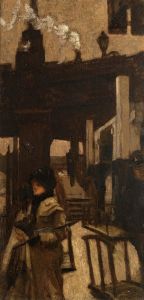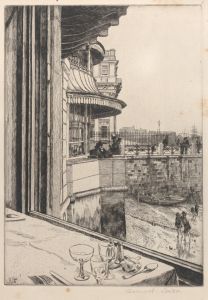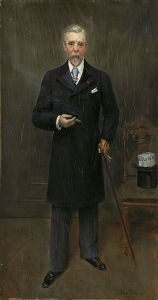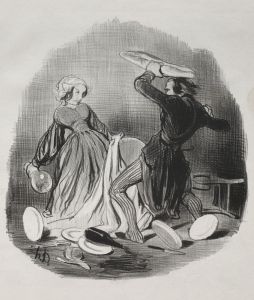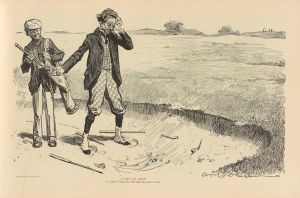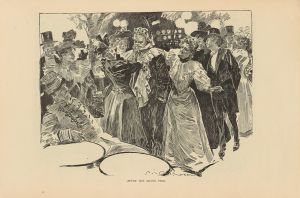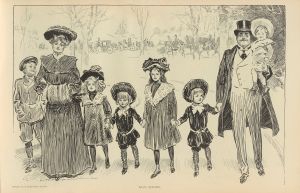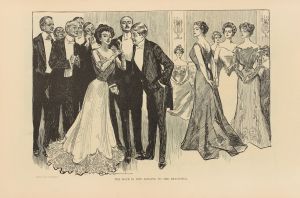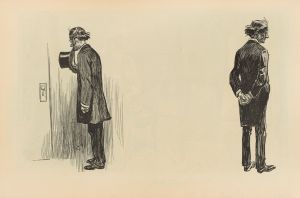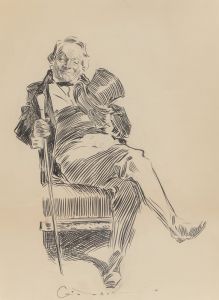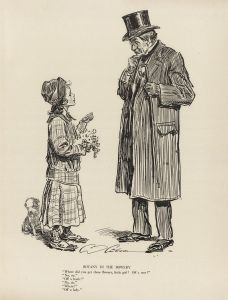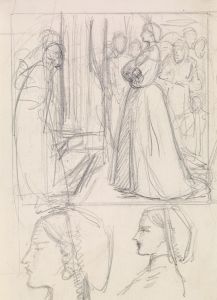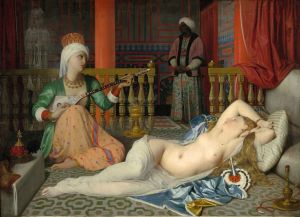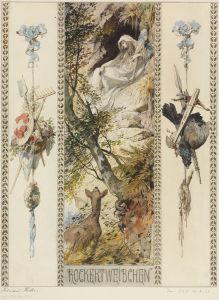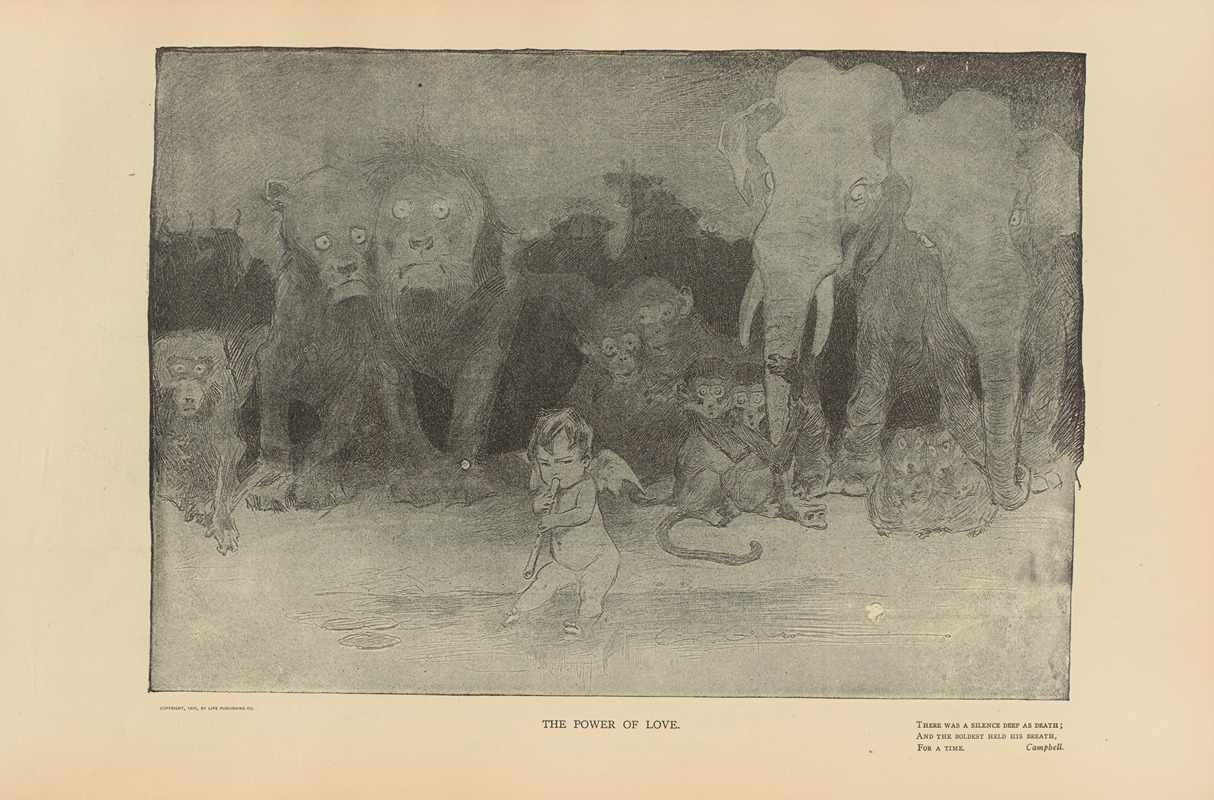
The power of love
A hand-painted replica of Charles Dana Gibson’s masterpiece The power of love, meticulously crafted by professional artists to capture the true essence of the original. Each piece is created with museum-quality canvas and rare mineral pigments, carefully painted by experienced artists with delicate brushstrokes and rich, layered colors to perfectly recreate the texture of the original artwork. Unlike machine-printed reproductions, this hand-painted version brings the painting to life, infused with the artist’s emotions and skill in every stroke. Whether for personal collection or home decoration, it instantly elevates the artistic atmosphere of any space.
Charles Dana Gibson was an influential American illustrator, best known for his creation of the "Gibson Girl," an iconic representation of the American woman at the turn of the 20th century. Among his many works, "The Power of Love" stands out as a significant piece, though specific details about this particular illustration are not as widely documented as some of his other works.
Gibson's career flourished during a time when illustrations were a primary medium for visual storytelling in magazines and periodicals. His work appeared in publications such as Life, Harper's Weekly, and Scribner's, where he gained immense popularity. The "Gibson Girl" became a cultural phenomenon, embodying the ideals of beauty, independence, and social grace that were aspirational for many women of the era.
"The Power of Love," like many of Gibson's illustrations, likely reflects the social and cultural dynamics of its time. Gibson's illustrations often depicted romantic and social themes, capturing the nuances of relationships and the societal expectations of men and women. His work was characterized by its detailed pen-and-ink technique, which allowed him to convey subtle expressions and intricate details in fashion and setting.
While specific information about "The Power of Love" is limited, it can be inferred that the illustration would align with Gibson's typical style and thematic focus. His illustrations often portrayed scenes of courtship and romance, highlighting the interplay between men and women in a way that was both humorous and insightful. The title itself suggests an exploration of romantic themes, possibly illustrating the influence and impact of love on individuals or society.
Gibson's work, including pieces like "The Power of Love," played a significant role in shaping the visual culture of the early 20th century. His illustrations not only entertained but also offered commentary on the evolving roles of men and women during a period of significant social change. The "Gibson Girl" became a symbol of the modern woman, and Gibson's ability to capture the spirit of his time ensured his lasting legacy in the world of illustration.
In summary, while detailed information about "The Power of Love" is scarce, it is reasonable to place it within the context of Charles Dana Gibson's broader body of work. His illustrations remain a testament to his skill and his keen observation of the social dynamics of his era. Through his art, Gibson left an indelible mark on American culture, influencing perceptions of gender and relationships that resonated well beyond his lifetime.





